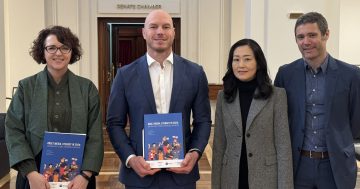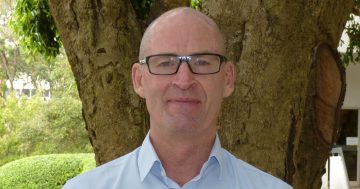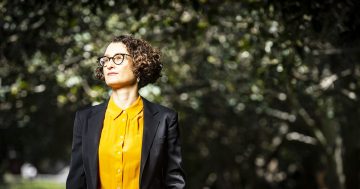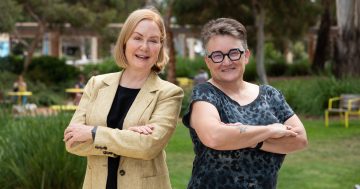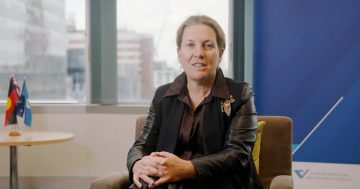 A new report from the University of Canberra’s (UC) News and Media Research Centre (N&MRC) has found that vulnerable community members experiencing social disadvantage also have lower media literacy levels.
A new report from the University of Canberra’s (UC) News and Media Research Centre (N&MRC) has found that vulnerable community members experiencing social disadvantage also have lower media literacy levels.
Lead author of Media Literacy in Australia: A Qualitative Study at N&MRC, Sora Park said media literacy was the ability to engage with media and media technology effectively and critically in all areas of life.
“Those who already experience social disadvantage usually also have lower media literacy,” Dr Park said.
“The groups that fall under the category of social disadvantage include low-income earners, those with low education levels, regional residents, older people, culturally and linguistically diverse people, Indigenous Australians and those who have disabilities,” she said.
“Those who already experience a disadvantage in society are usually those who need media literacy education the most.”
Dr Park, who is also Associate Dean of Research and Professor of Communication at UC’s Faculty of Arts & Design, said the value of acquiring and improving media literacy was greater for groups that experienced disadvantage because the knowledge could be used to overcome other societal barriers.
“For example, those who need to access Government services or welfare can access these services more effectively if they are media literate,” she said.
The Associate Dean said the Report recommended promoting an overarching definition of media literacy; prioritising media literacy support for groups that experienced disadvantage; and improving the general public’s understanding of diversity in society.
She said the N&MRC Report also suggested a framework be developed to provide media literacy education to groups that experienced disadvantage.
“(The Study) found that media literacy education programs are effective when they take place within the daily contexts and practices of the users – so organisations that are already delivering social and welfare support to disadvantaged groups are best placed to deliver media literacy education as part of their services,” Dr Park said.
She said that for Australia’s adult population, no national policy, strategy, or targeted funding towards media literacy existed.
“This means there isn’t a uniform approach to media literacy programs across the country.”
“Currently, institutions such as libraries, museums and community organisations provide programs to the public,” Dr Park said.
N&MRC’s 26-page Report can be accessed at this PS News link.


